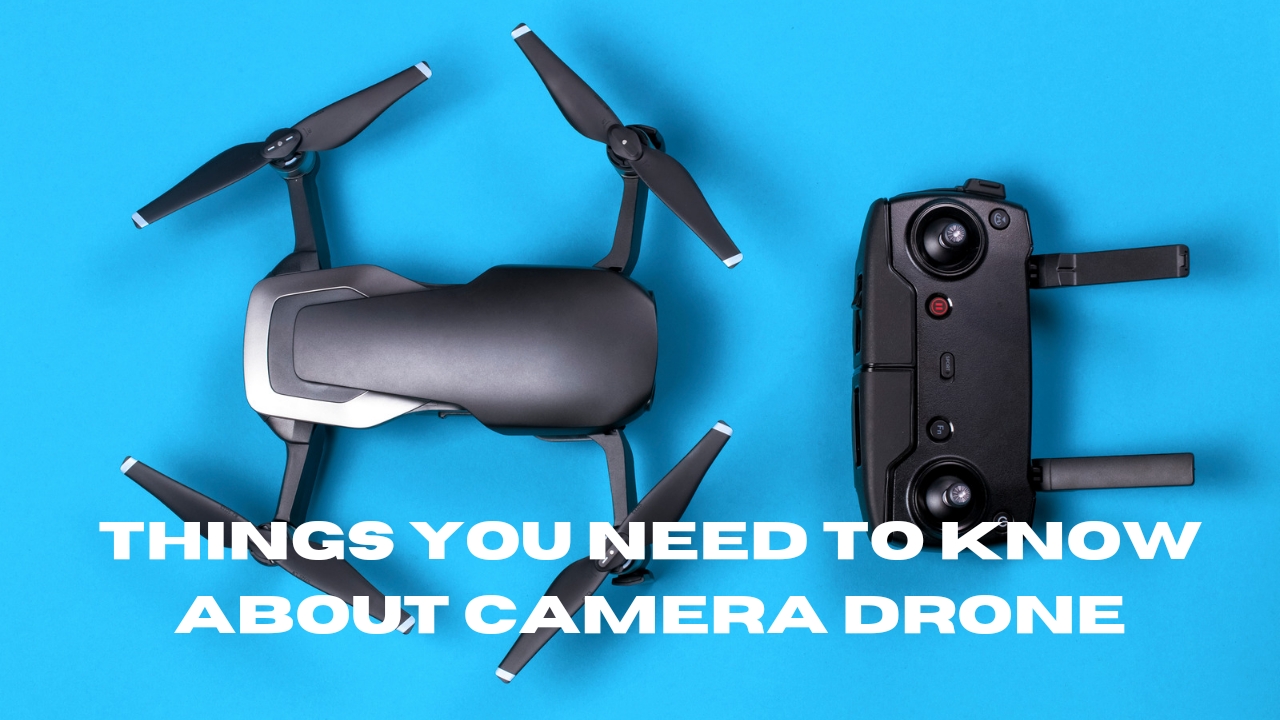Since the invention of the first camera in the early 19th century, photography has undergone an incredible transformation. From bulky film cameras to sleek digital devices, technology has constantly evolved. One of the most exciting innovations in recent years is the camera drone a revolutionary tool that has reshaped the way we capture images, shoot videos, and even collect valuable data.
A Brief History of Camera Drones
The concept of drones has been around for decades, primarily for military use. But the first consumer-friendly camera drone was introduced in 2010 when the French company Parrot launched the AR Drone. This groundbreaking invention made it possible for hobbyists and professionals alike to experience aerial photography without expensive helicopters or planes.
Since then, the market has exploded. As of 2021, the global drone camera industry was valued at over $10 billion—and projections suggest this number will grow rapidly as technology advances and new uses are discovered.
Why Camera Drones Are So Popular
The rise of camera drones isn’t just a passing trend it’s a result of their versatility and accessibility. Today, drones are used across countless industries, offering unique advantages that traditional cameras simply can’t provide.
Common Uses of Camera Drones
- Photography and Videography – Perfect for breathtaking aerial shots, cinematic videos, and travel content.
- Surveying and Mapping – Farmers use drones to monitor crop health, while construction companies rely on them for land surveys.
- Infrastructure Inspection – Bridges, towers, and pipelines can be safely inspected without risking human lives.
- Search and Rescue – Drones provide aerial views in difficult terrains during emergencies.
- Surveillance and Security – They play a role in monitoring large areas quickly and efficiently.
The Role of Regulations and Safety
While drones offer exciting opportunities, they must also be used responsibly. In the United States, the Federal Aviation Administration (FAA) regulates their use under Part 107 guidelines. These rules include:
- Flying below a maximum altitude of 400 feet.
- Keeping drones within the operator’s line of sight.
- Weight and speed limitations.
- Only licensed operators can use drones for commercial purposes.
Such regulations ensure that drones don’t pose safety risks to aircraft, property, or people.
The Future of Camera Drones
The future of drone technology looks incredibly promising. With advancements in AI, GPS navigation, and high-resolution cameras, drones are becoming smarter and more efficient. Features like automated flight paths, obstacle detection, and real-time data transmission are pushing the boundaries of what drones can achieve.
Looking ahead, we can expect:
- Wider use in healthcare, such as delivering medicines in remote areas.
- Growth in entertainment and sports, capturing live events from unique angles.
- More adoption in environmental conservation, such as tracking wildlife or monitoring deforestation.
Frequently Asked Questions (FAQs)
1. What is a camera drone used for?
A camera drone is mainly used for aerial photography and videography, but it also has applications in agriculture, construction, security, search and rescue, and environmental monitoring.
2. Do I need a license to fly a camera drone?
If you’re flying for fun, you may not need a license in some countries, but for commercial use, most aviation authorities—including the FAA in the U.S.—require certification.
3. How high can a camera drone fly?
According to FAA regulations, drones can fly up to 400 feet (120 meters) above ground level. However, this may vary depending on local laws.
4. Are camera drones safe to use?
Yes, camera drones are generally safe when flown responsibly and according to regulations. They include safety features such as obstacle avoidance, GPS tracking, and return-to-home functions.
5. How long does a camera drone battery last?
Most consumer drones offer a flight time of 20–40 minutes per charge, although professional drones may last longer depending on the model.
6. Will drones replace traditional cameras?
Not entirely. While drones provide unique aerial perspectives, traditional cameras are still more practical for everyday use. Instead, drones are considered a powerful complement to traditional photography.
Final Thoughts
Camera drones have come a long way in just over a decade. What started as a novelty item has grown into a multi-billion-dollar industry with countless applications. From creating stunning visual content to solving real-world problems, drones are proving to be one of the most transformative technologies of the 21st century.
As technology continues to evolve, camera drones will only become more powerful, more affordable, and more deeply integrated into our daily lives. Whether you’re a photographer, a business owner, or simply a tech enthusiast, keeping an eye on drone innovation is worth your while.

